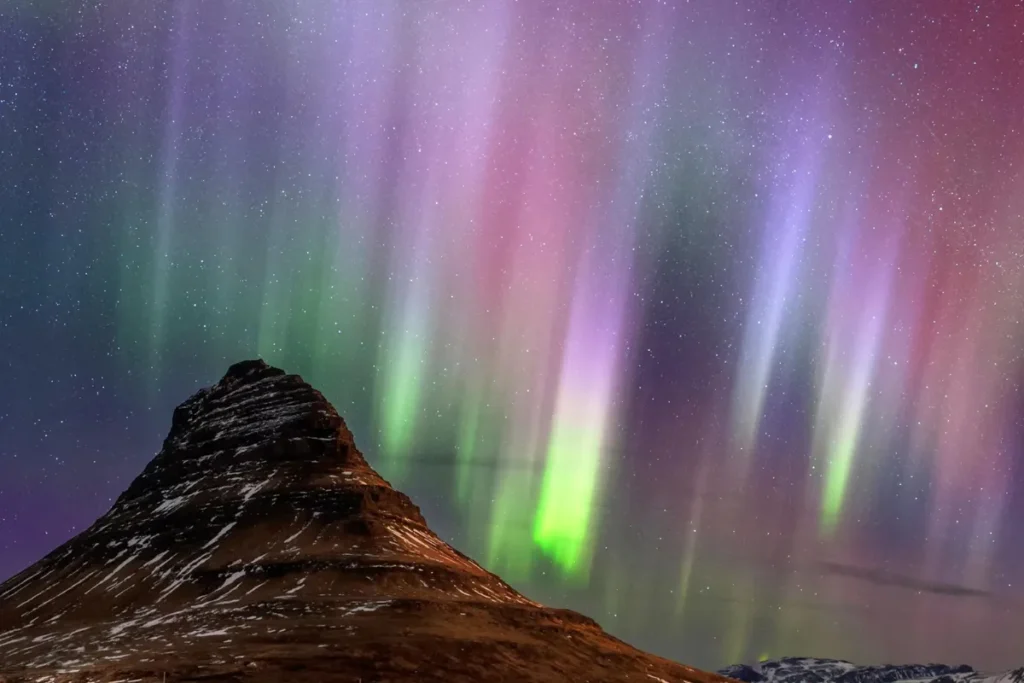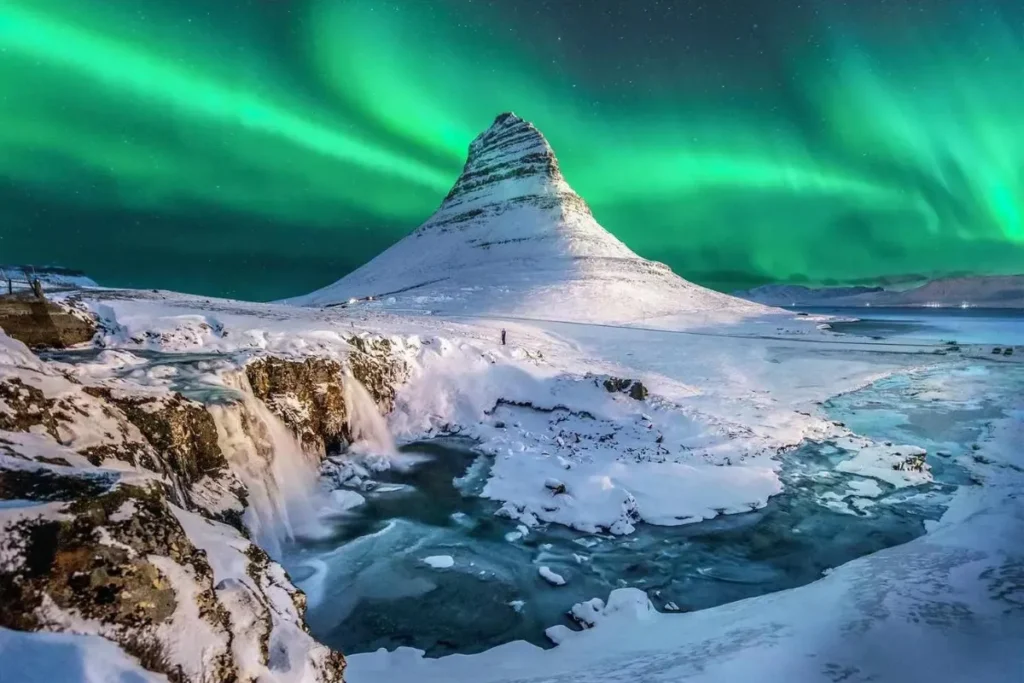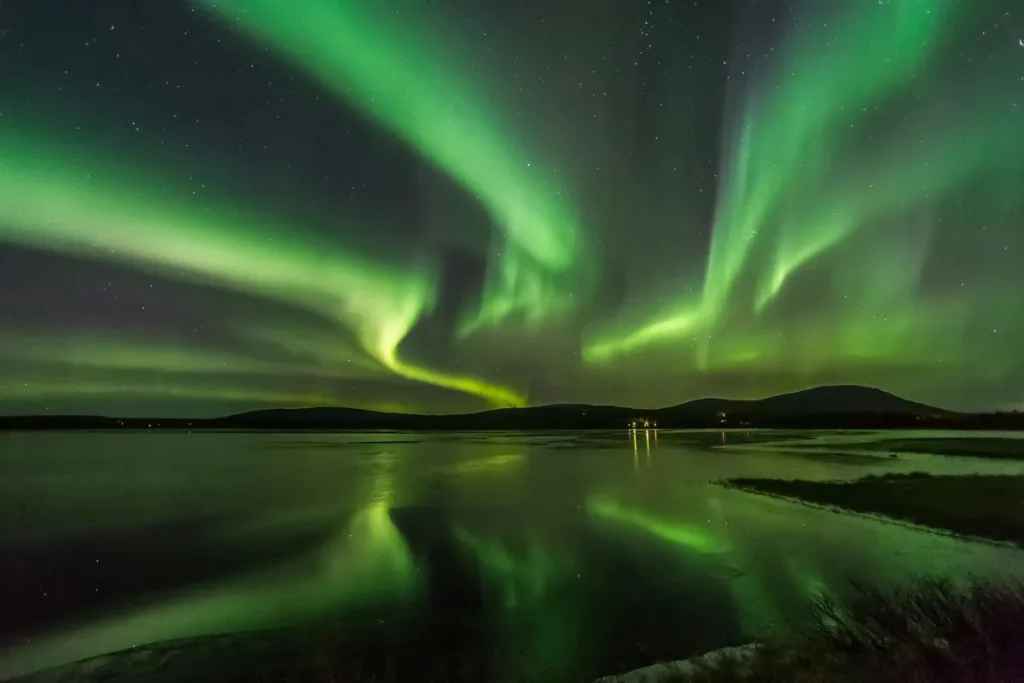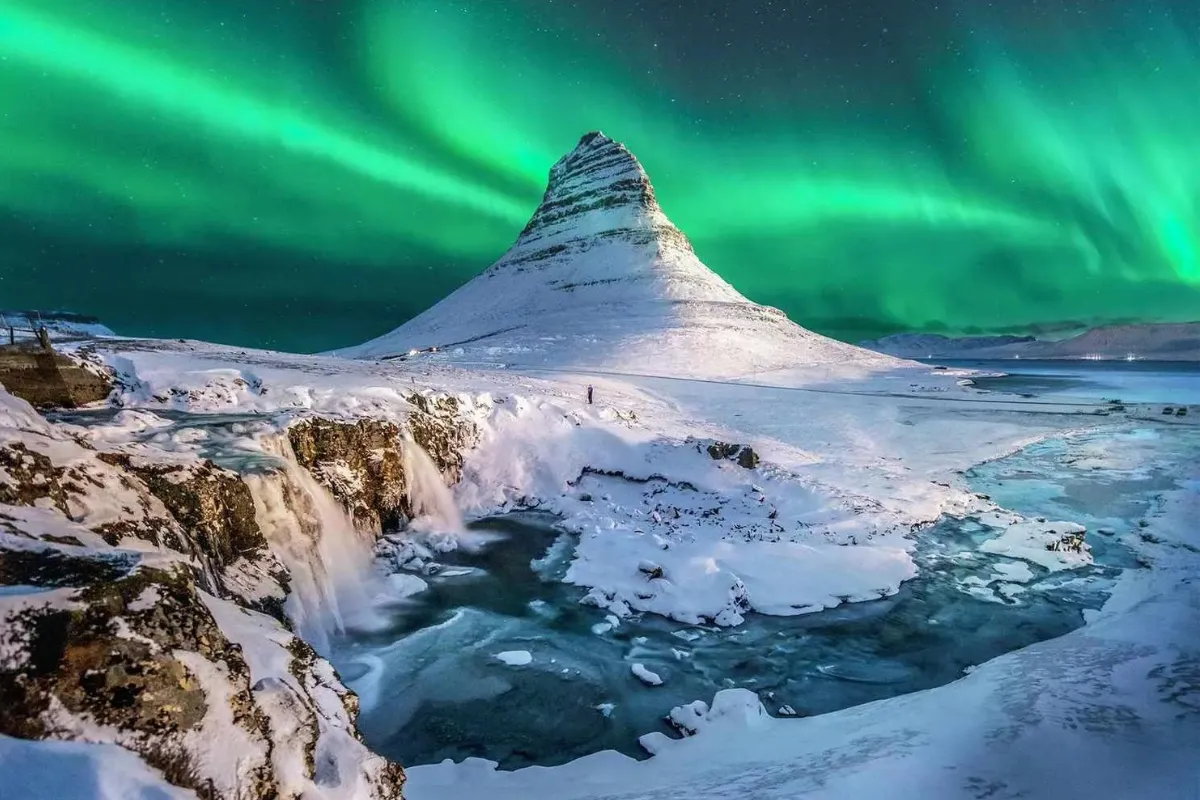
Hey stargazers and nature enthusiasts! Brace yourselves for a celestial spectacle that might just outshine your brightest dreams.
We’re talking about the Northern Lights, those elusive ribbons of light that dance across the Arctic sky.
In this article, we’re peeling back the curtain on the possibility of the Northern Lights cranking up the intensity.
Get ready to be awestruck as we explore the potential for a dazzling display that could leave you staring at the heavens in sheer wonder!
Aurora Extravaganza
The Allure of the Northern Lights
Picture this: a canvas of night sky splashed with vibrant hues of green, purple, and pink.
The Northern Lights, also known as the aurora borealis, have been captivating hearts for centuries.
But could they be gearing up for an even more intense performance?
Solar Symphony
Sun’s Role in the Cosmic Ballet
The intensity of the Northern Lights is intricately linked to solar activity.
As the sun goes through its cycles, it releases solar flares and charged particles.
When these particles collide with Earth’s atmosphere, voila! The Northern Lights take center stage.
Solar Maximum Spotlight
The Solar Cycle’s Peak
Scientists predict that the Northern Lights could become more intense during periods of solar maximum.
This is when the sun is at the peak of its 11-year activity cycle, unleashing a flurry of solar flares and geomagnetic storms.
Geomagnetic Storm Surges

Turmoil in Earth’s Magnetic Field
Geomagnetic storms, triggered by solar eruptions, stir up Earth’s magnetic field. This turbulence intensifies the dance of the Northern Lights, creating a mesmerizing spectacle that can be visible even at lower latitudes.
Latitude Lottery
Heading North for the Show
Living closer to the magnetic poles increases your chances of witnessing intense Northern Lights.
However, during periods of heightened solar activity, lucky sky gazers at lower latitudes might get a glimpse of the aurora magic too.
Solar Wind Symphony
Choreography of Charged Particles
The solar wind, a continuous stream of charged particles, plays a pivotal role in intensifying the Northern Lights.
When these particles collide with the gases in Earth’s atmosphere, they emit the radiant colors we associate with the auroras.
Green Glory
The Dominance of Green Auroras
While the Northern Lights can manifest in various colors, green is the most common.
Intense solar activity can elevate the green hues, turning the night sky into a canvas of vibrant emerald.
Photographic Odyssey

Capturing the Intensity
With advancements in camera technology, capturing the intensity of the Northern Lights has become an artistic pursuit.
Photographers flock to aurora-prone regions during solar maximum, aiming to immortalize the celestial spectacle.
Predicting the Performance
Aurora Forecasting Tools
Scientists use sophisticated tools to predict the intensity of the Northern Lights.
These forecasts consider solar activity, geomagnetic conditions, and satellite data to provide enthusiasts with the best chances of catching an awe-inspiring show.
Aurora Tourism Boom
Journeying for the Light Show
As the potential for intense Northern Lights spreads, so does aurora tourism.
Enthusiasts from around the globe embark on journeys to northern latitudes, hoping to witness the celestial drama at its most vivid.
Conclusion
The Northern Lights, with their mystical dance, have been enchanting humanity for generations. With the promise of increased intensity during solar maximum, the cosmic ballet might just elevate to unprecedented levels, leaving observers in utter awe of the celestial masterpiece.
FAQs
Q1: Can I see the Northern Lights from anywhere on Earth?
The Northern Lights are more commonly visible at higher latitudes near the Arctic Circle.
However, during periods of solar maximum, they can sometimes be seen at lower latitudes.
Q2: When is the next solar maximum expected?
The next solar maximum is predicted to occur around 2025.
This period might offer heightened opportunities to witness intense Northern Lights displays.
Q3: Are there specific times during the year when the Northern Lights are more intense?
While the Northern Lights can be seen throughout the year, they tend to be more active around the equinoxes (spring and fall) due to the alignment of Earth’s magnetic field with the solar wind.
Q4: Can the Northern Lights be seen during daylight?
The Northern Lights are most visible in the dark hours of the night.
Daylight can make it challenging to observe the subtle glow of the auroras.

